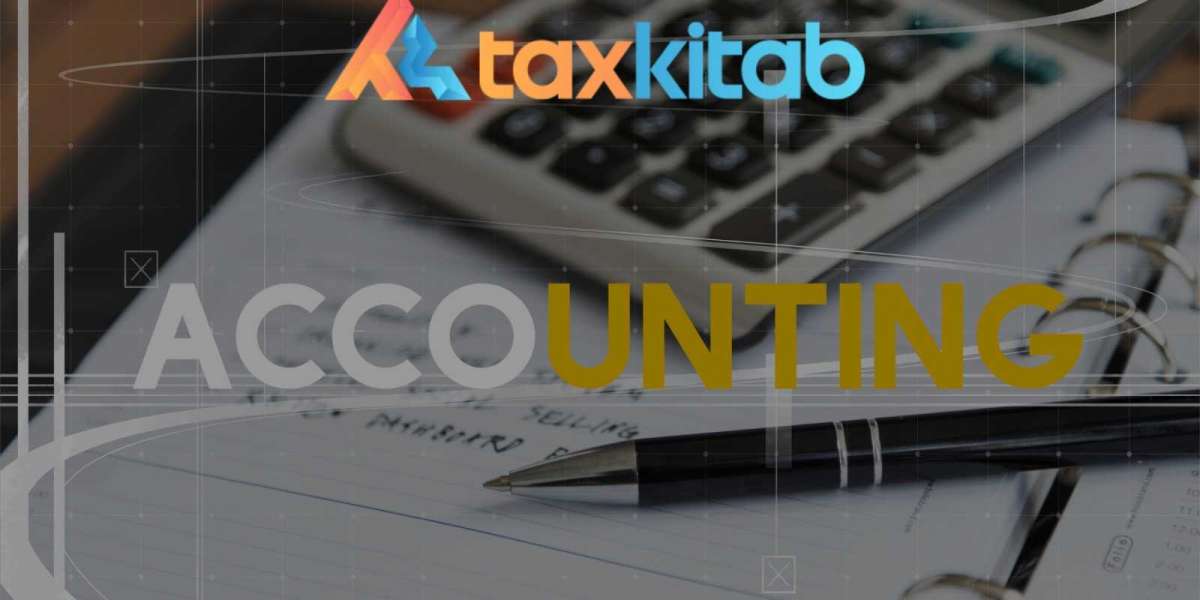Tax season can feel like a tidal wave—receipts piling up, deadlines approaching, and the pressure to “get everything right” looming large. If you're a business owner, the stress is real. But it doesn’t have to be this way.
With the right preparation and smart strategies, you can turn tax season into a streamlined, stress-free process—and even uncover opportunities to save more than you expected.
Welcome to your practical guide to preparing your business for taxes—the smart way.
? Step 1: Get Your Financial House in Order
Before you even think about tax forms, get organized. A clear, well-maintained financial system is the foundation of painless tax prep.
✅ What to Do:
Reconcile your books: Make sure your balance sheet and income statements are accurate.
Categorize expenses: Use accounting software to tag business expenses correctly (meals, travel, marketing, etc.).
Separate personal and business finances: Always use separate bank accounts and cards to avoid messy audits.
? Tip: Cloud-based accounting tools like Zoho Books, QuickBooks, or Tally can save hours of manual work.
? Step 2: Gather Key Documents
You can’t file what you can’t find. Collecting these in advance prevents last-minute scrambles:
? Must-Have Documents:
Profit Loss Statement (PL)
Balance Sheet
Bank statements
Expense receipts
GST filings (if applicable)
TDS certificates
Previous year's tax return
Loan interest and asset depreciation schedules
? Pro tip: Create a shared folder (Google Drive, Dropbox, etc.) to store all these digitally and safely.
? Step 3: Know What You Can Deduct
One of the smartest ways to save money during tax season is to maximize your deductions. Many business owners miss out simply because they don’t know what they can claim.
? Common Business Deductions:
Rent for office space
Utility bills (electricity, internet)
Software subscriptions
Professional fees (consultants, CA services)
Business travel and accommodation
Employee salaries and bonuses
Depreciation on assets
Marketing and advertising spend
⚠️ Important: Maintain bills and invoices for every deductible item. If it’s not documented, it doesn’t count.
? Step 4: Understand Applicable Taxes
Depending on your business type and turnover, different taxes may apply:
? Common Taxes for Indian Businesses:
Income Tax: Paid on profits. Choose between Presumptive Taxation (Section 44AD/44ADA) or regular assessment.
GST: Mandatory for businesses with turnover over ₹40 lakh (₹20 lakh for services).
TDS: Deduct and deposit tax on vendor payments where applicable.
Advance Tax: Pay taxes in installments if your tax liability exceeds ₹10,000/year.
? If you're unsure which taxes apply to your business, consult a tax advisor or use TaxKitab’s free assessment tool.
? Step 5: Don’t Miss These Critical Deadlines
Missing tax deadlines can mean penalties, interest, or even audits. Keep a tax calendar handy and mark these key dates:
| Deadline | Purpose |
|---|---|
| July 31 | ITR filing for individuals firms (non-audit) |
| Sep 15 | 2nd installment of Advance Tax |
| Oct 31 | ITR filing for audit cases |
| Dec 15 | 3rd installment of Advance Tax |
| Mar 15 | Final Advance Tax installment |
? Use calendar reminders or task management tools like Notion, Trello, or Google Tasks.
? Step 6: Do a Tax Review Before Filing
Before hitting "submit," take time to review your return carefully. Even simple mistakes can cause big issues later.
? Double-Check For:
PAN/TAN details
Mismatches in Form 26AS and AIS
Correct income and deduction entries
Updated bank account for refunds
Proper signature/digital verification
? Better yet, have your return reviewed by a Chartered Accountant if your business has multiple income streams or compliance layers.
? BONUS: Smart Tools to Help You Stay Ahead
| Tool/Service | Purpose |
|---|---|
| Zoho Books | Accounting and GST compliance |
| TaxKitab | Tax filing, advisory, and updates |
| ClearTax | ITR/GST filing for individuals SMEs |
| Google Sheets | Financial tracking |
| Tally | Accounting for growing businesses |
✅ Final Thoughts: Be Proactive, Not Reactive
Tax season doesn’t have to mean chaos. By preparing early, staying organized, and using the right tools, you can not only meet deadlines—but actually maximize your savings and financial control.








